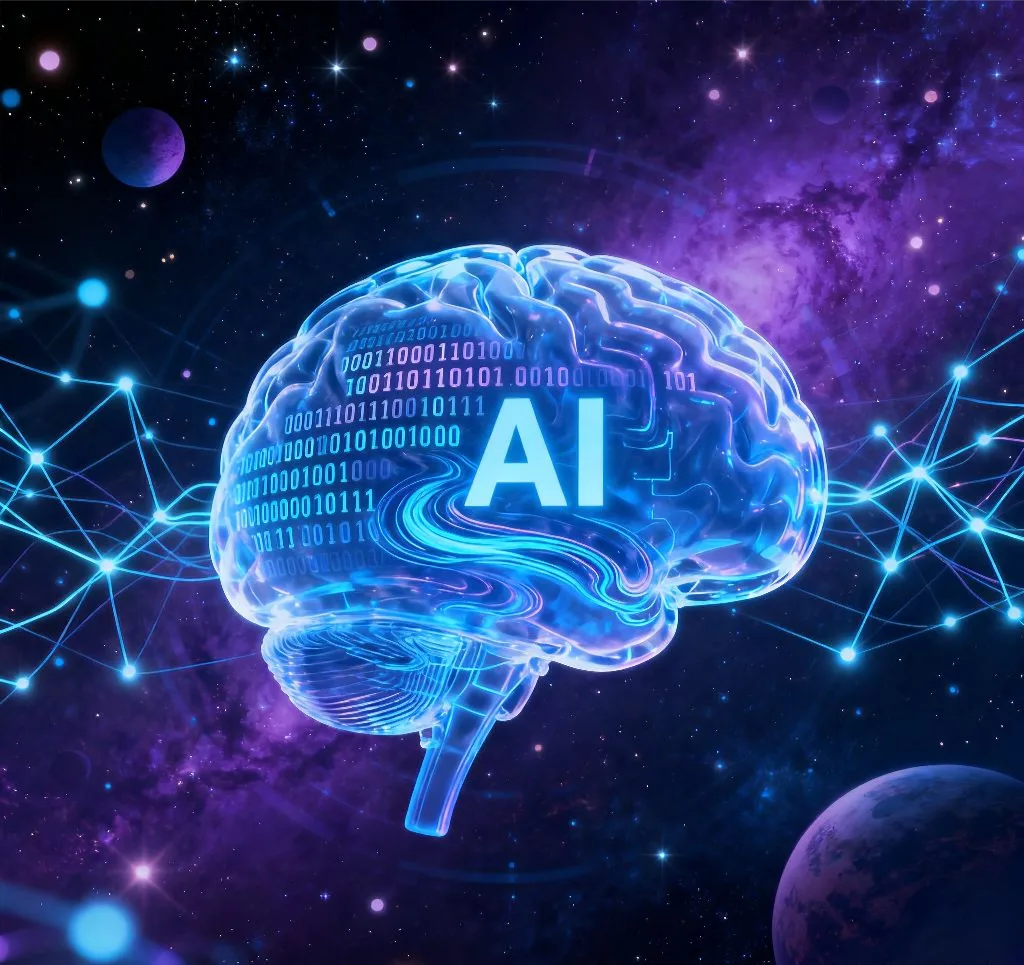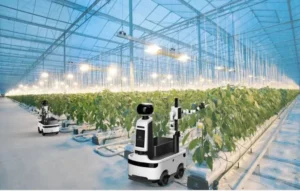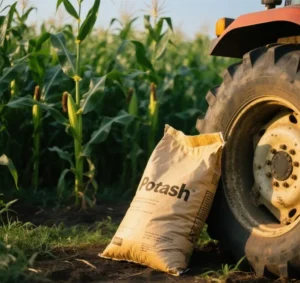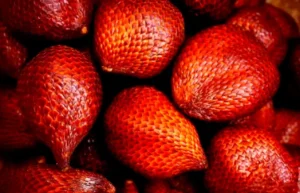As the “invisible guardian” of agricultural production, pesticides play an indispensable role in ensuring food security and promoting sustainable agricultural development. However, the pesticide industry is currently facing an innovation dilemma. Although emerging market companies are striving to enter the high-end sector through methods such as “joint creation” and “acquiring technology platforms,” progress remains slow. In this context, the rise of AI technology is bringing new hope to the research and development of innovative pesticides.
Pesticide active ingredients are generally divided into two categories: innovative and generic pesticides. Innovative pesticides, protected by patents and high technological barriers, have long been monopolized by multinational giants. Generic pesticides, although low in cost, face intense homogeneous competition and limited profit margins. This “squeezed from both ends” landscape has forced the industry to urgently seek breakthroughs. The introduction of AI has opened a new path for pesticide innovation.
Pesticides and pharmaceuticals share highly similar research and development logic, both encompassing the development pathways of generic and innovative products. This provides a valuable reference for the application of AI in innovative pesticide R&D. With the advantage of being a late adopter, the pesticide industry can introduce advanced concepts and mature mechanisms in AI-assisted molecular design and high-throughput screening. By building data-driven, model-supported, and algorithm-powered systems, the industry can achieve full-process intelligence—from target discovery to candidate molecule screening, optimization, and evaluation—thereby accelerating R&D efficiency and innovation capabilities.
AI also plays a crucial role in model optimization. Given that many existing machine learning models for drug development focus on single attributes, constructing comprehensive tool platforms has become a practical solution for AI-assisted innovative pesticide R&D. For example, integrated platforms like PDAI can combine multiple technical modules to cover key R&D stages from target identification to candidate compound screening, providing one-stop services for pesticide development. Such platforms break down information barriers between different R&D phases, enabling data sharing and collaboration, thus improving the efficiency and quality of the entire R&D process.
Overall, AI’s empowerment of pesticide innovation represents not only a technological upgrade but also a revolution in R&D paradigms. With the emergence of new technologies such as RNA-based biopesticides and nano-delivery systems, AI is expected to play an even more central role in molecular design, mechanism analysis, and environmental risk assessment. However, AI is not a “magic bullet”—its effectiveness depends on high-quality data, interdisciplinary collaboration, and a well-developed industrial ecosystem. This requires governments to increase funding support and strengthen industry-academia-research partnerships; enterprises to enhance data governance and build open innovation ecosystems; and researchers to address algorithmic “black box” issues and improve model interpretability.
The future of innovative pesticides lies in the deep integration of AI and chemistry. From target discovery to molecular optimization, from safety evaluation to environmental risk prediction, AI is using “data as the plow” to cultivate a more efficient, greener, and more sustainable path to innovation.









